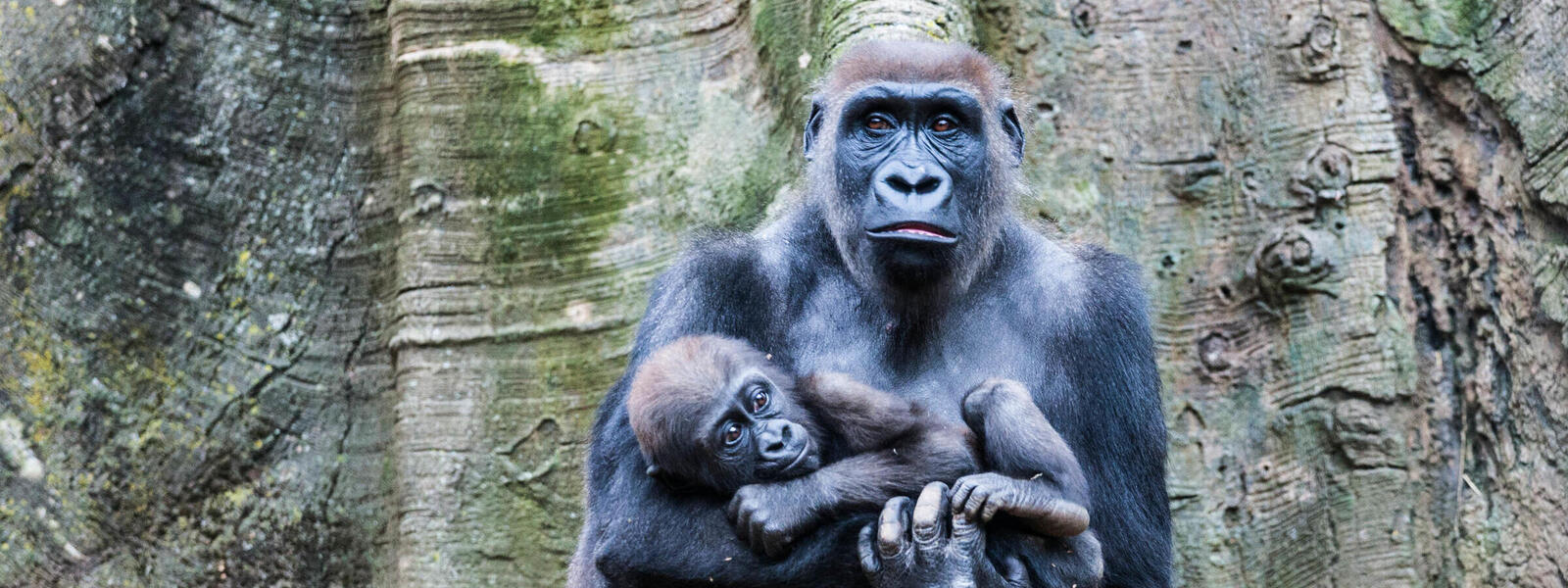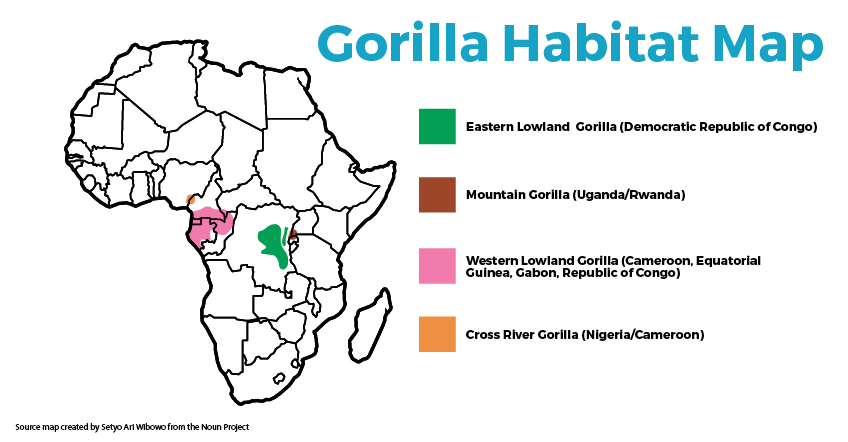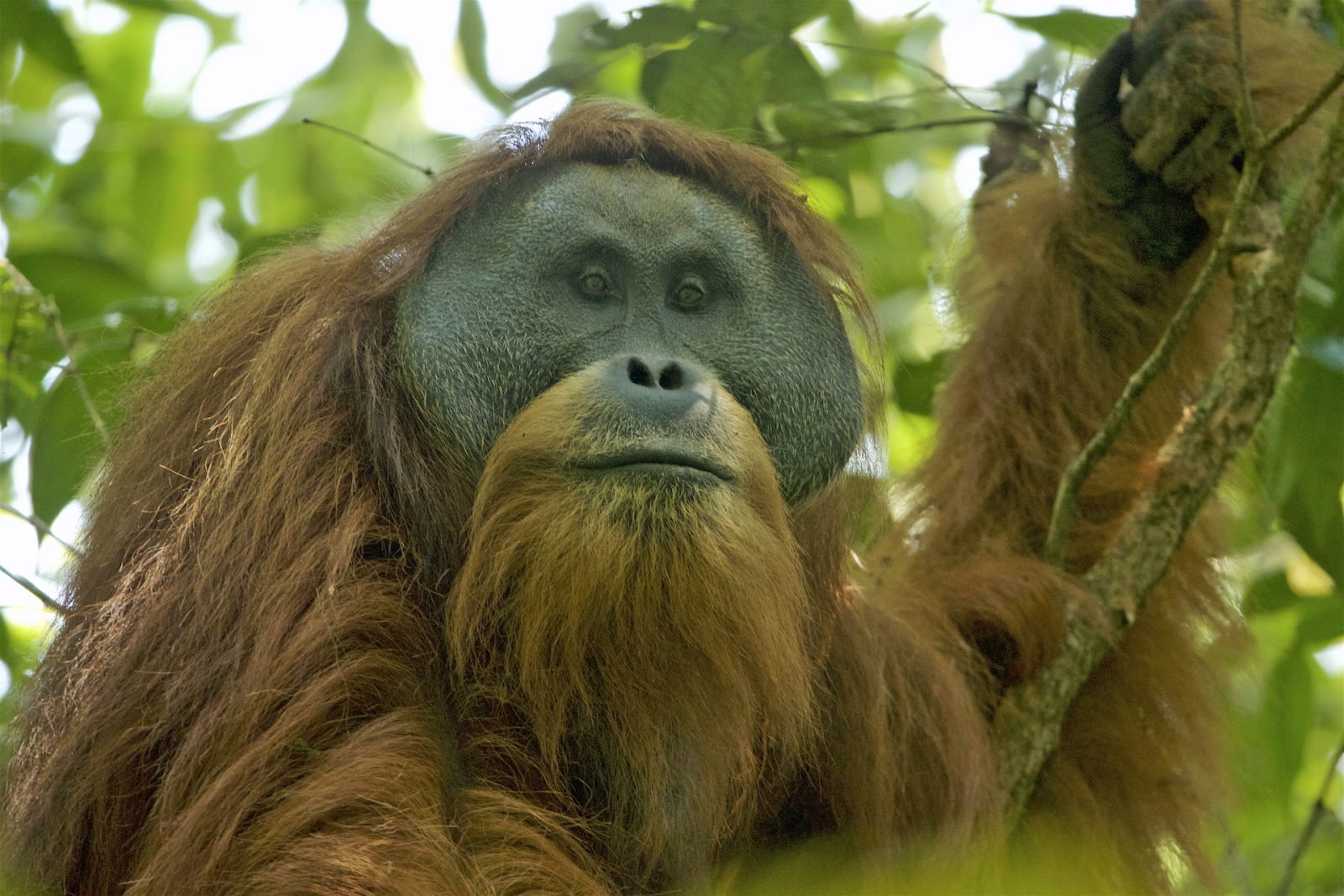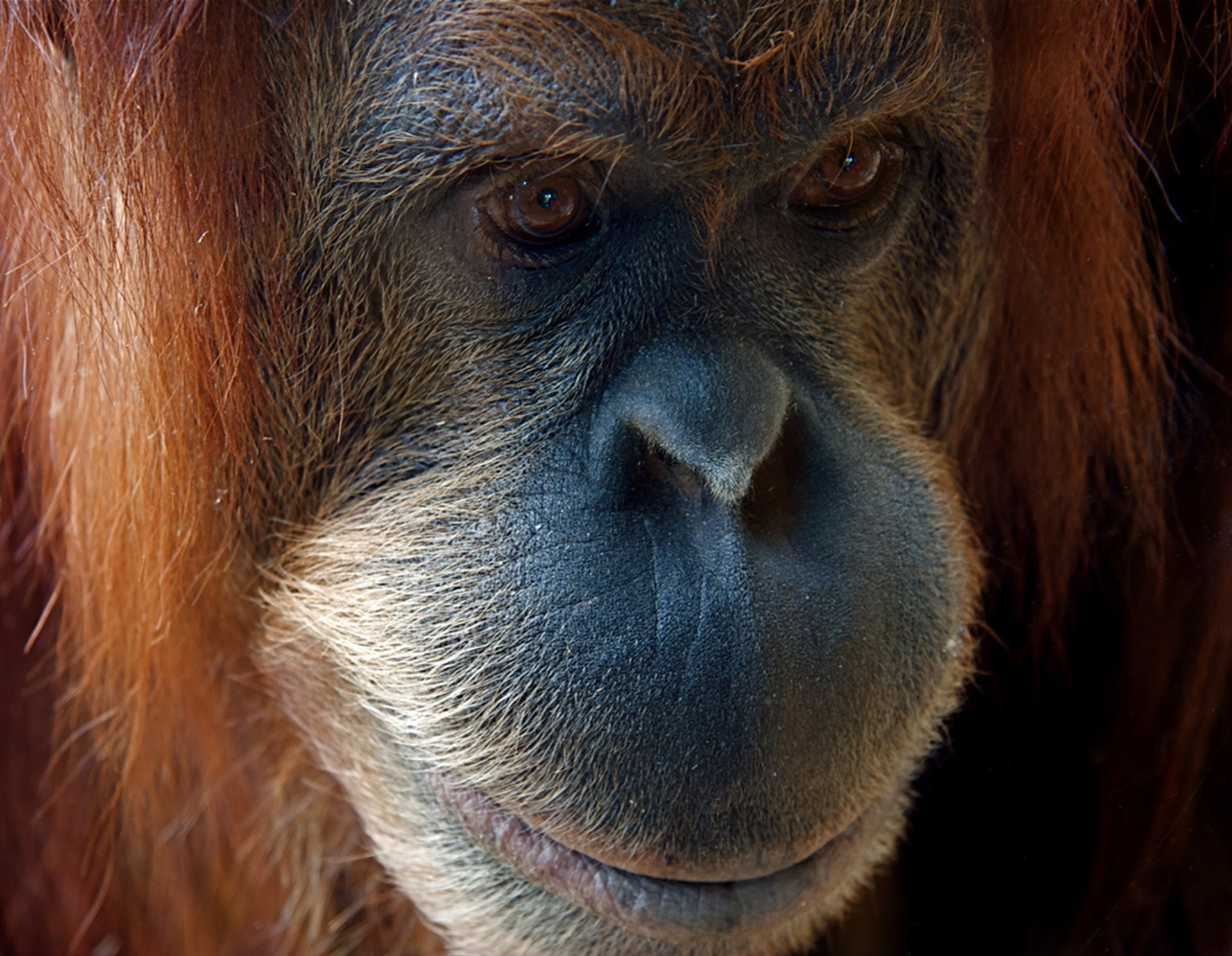Mountain Gorilla
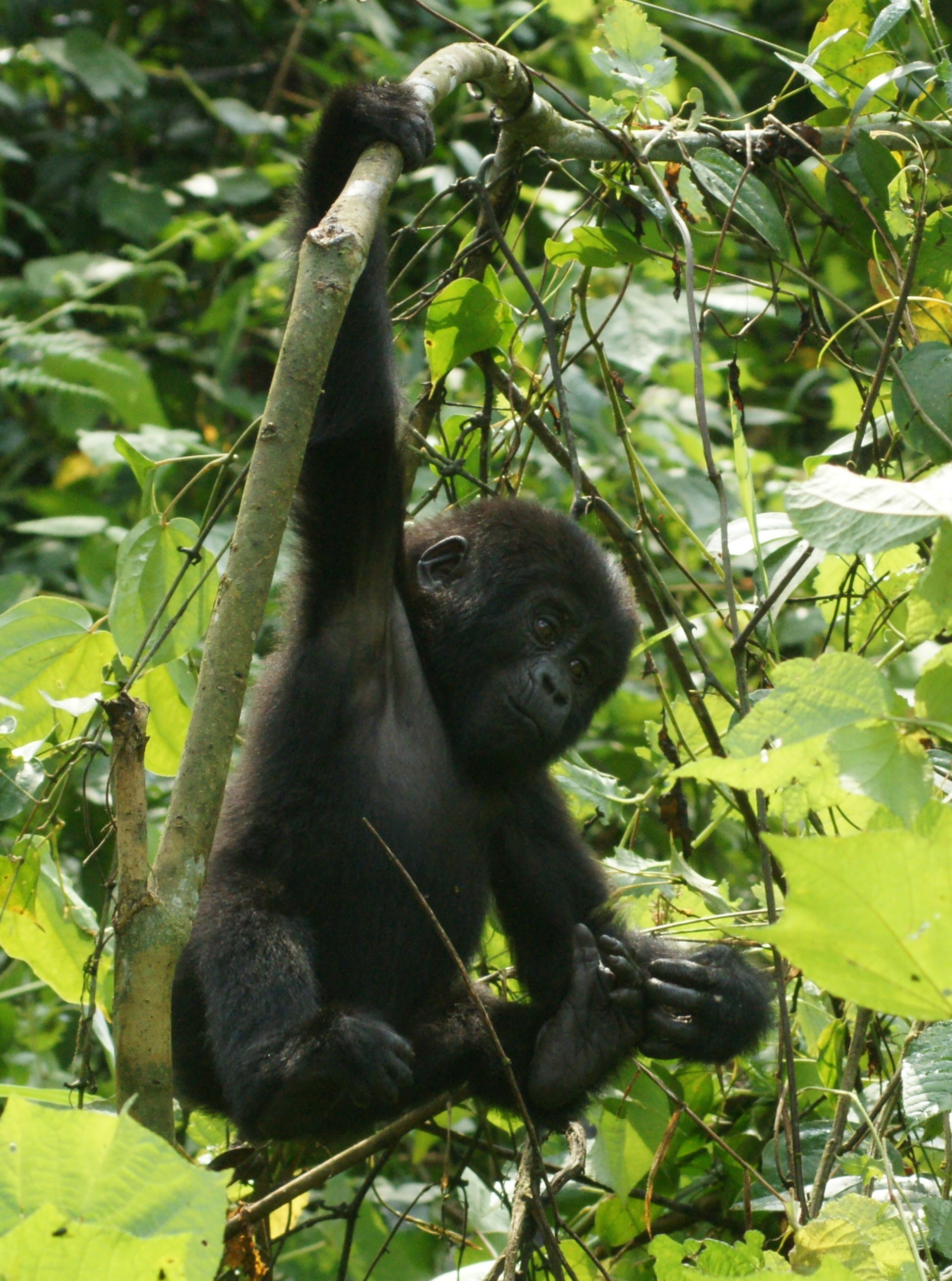
The mountain gorilla is a sub-species of the Eastern Lowland gorilla. It is isolated on two sets of mountains, they are only a few hundred miles apart, but given the space between their populations is one of the most dense human habitation in Africa, reconnecting these habitats will not be possible in the near future.
Mountain gorillas are very similar to eastern lowland gorillas, though as they have 8 inch hair all over their body, they look far larger.
Currently, there are 1063 mountain gorillas in the wild, split between their two reserves. This does not sound high, but has doubled since the 1980s when each reserve only had around 250 individuals. They are nowhere close to fully recovering, but it is questionable whether their two homes can support more gorillas than currently live there.
GOOD NEWS: Tigers and mountain gorillas rebounding in their native habitats
- Tim
- August 10, 2020
As the number of mountain gorillas passes above 1000 for the first time in a very long time we have to worry about their future survival
- Tim
- May 24, 2020
Three endangered mountain gorillas killed by lightning strike
- Tim
- February 17, 2020
Species Watch: Cross river gorilla and western lowland gorilla
- Tim
- May 15, 2022
The Grauers Gorilla population is twice as big as thought! Out of the woods? Not so fast
- Tim
- June 26, 2021
Species watch
- Tim
- May 11, 2022
Bwindi impenetrable forest threatened by road plans
- Tim
- April 26, 2022
What will the Ukraine war have on wildlife?
- Tim
- March 12, 2022
Gains in the Virunga national park of the DRC are encouraging but threats continue
- Tim
- October 20, 2021
Will climate change kill the forests of Africa?
- Tim
- July 20, 2021
Spike in illegal deforestation in the Virunga’s national park
- Tim
- June 23, 2021
The virungas national park continues to be dangerous for rangers
- Tim
- February 5, 2021
Review: extinction: the facts
- Tim
- September 30, 2020
In a human crisis the Natural World often does incredibly well
- Tim
- April 10, 2020
Animals moving away from extinction
- Tim
- February 7, 2019
China’s plan for a huge panda reserve
- Tim
- June 23, 2018
Virunga National Park to close for two years
- Tim
- June 14, 2018
A tiny reserve in Nigeria has been shown to be full of wildlife
- Tim
- November 5, 2021

